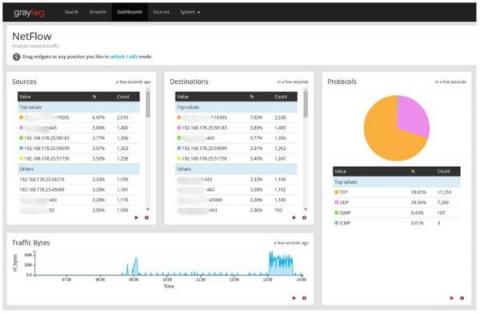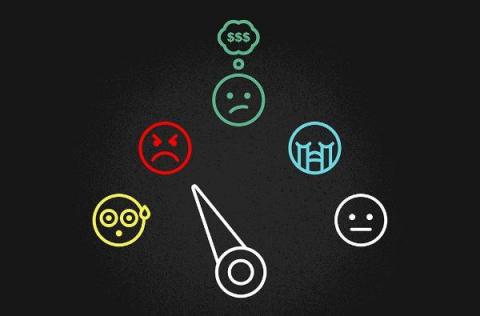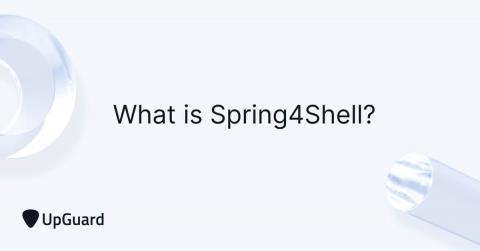Security | Threat Detection | Cyberattacks | DevSecOps | Compliance
Latest News
Threat Intelligence in the SOC- How can it help mitigate risks?
For most organizations, Security Operations Center (SOC) teams have long since been their first line of defense. These SOC systems efficiently ensure robust cybersecurity and are designed to detect, analyze, respond to, and prevent any cybersecurity incident that the organization might come across. Integrating a SOC within an organization aims to improve its cybersecurity posture, using a blend of state-of-the-art technology and skilled professionals.
Cybernews/ WhiteSource: It's No Longer a Matter of 'If', but 'When' an Organization Will Be Targeted by Threat Actors
From ransomware and viruses to data breaches, there are many types of security threats to look out for. Because they’re becoming more complex, it’s getting more difficult to secure your organization and avoid the financial and reputational consequences. While some organizations use traditional security measures, such as encrypting data or using antivirus software, businesses should also take a look at more advanced solutions, such as open source security and license management services.
Five worthy reads: Is SSE here to overthrow SASE?
Five worthy reads is a regular column on five noteworthy items we’ve discovered while researching trending and timeless topics. This week lets explore the concept of security service edge (SSE) and why it was removed from the secure access service edge (SASE) in the recent Gartner Magic Quadrant.
Best practices for reducing sensitive data blindspots and risk
Modern applications log vast amounts of personal and business information that should not be accessible to external sources. Organizations face the difficult task of securing and storing this sensitive data in order to protect their customers and remain compliant. But there is often a lack of visibility into the sensitive data that application services are logging, especially in large-scale environments, and the requirements for handling it can vary across industries and regions.
Don't Leave it to Your Apps: Why Security Needs to be a Shared Responsibility
Here’s a scenario that was unlikely just two years ago: permanently telecommuting from Honolulu to your financial job on Wall Street. Fast forward to today, the world has accepted that productivity is just as feasible from the beach as it is from a skyscraper. In fact, according to Upwork, nearly 5 million people in the U.S. have moved because of remote work since 2020 with another 19 million planning to do so.
The Cyber Security Breaches Survey 2022: key insights
Navigating the Five Stages of Grief During a Breach
Every security professional dreads “The Phone Call.” The one at 2 a.m. where the tired voice of a security analyst on the other end of the line shares information that is soon drowned out by your heart thumping in your ears. Your mind races. There are so many things to do, so many people to contact. You jump out of bed. For a moment, you stare into the mirror longing for yesterday — when your network hadn’t been breached.
What the Heck is Spring4Shell? The 2min Explanation We All Need
As the digital world continues to rebuild after the Log4j hurricane, the threat landscape is once again disturbed by the rumbling of an approaching zero-day storm. After barely recovering from a zero-day dubbed as the worst hack ever encountered, concerns are understandably heightened, and as a result, there are many misconceptions about the severity of Spring4Shell.











